Uncovering the roots of Parkinson's disease, together
A global research initiative
Aligning Science Across Parkinson’s (ASAP) is fostering collaboration and resources to better understand the underlying causes of Parkinson’s disease. With scale, transparency, and open access data sharing, we believe we can accelerate the pace of discovery, and inform the path to a cure.
ASAP is announcing two open competitive funding opportunities for the research community. These new grants will provide additional capital to spur discovery and inform the path to a cure for Parkinson’s disease research.
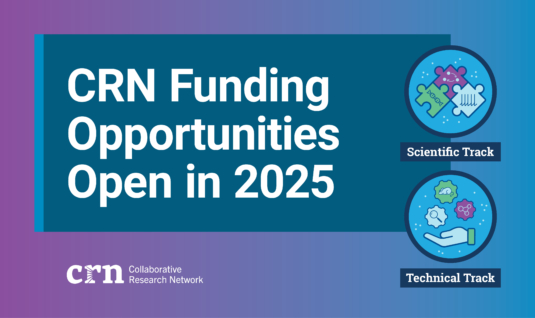

GP2 announced the eighth data release on the Terra and the Verily® Workbench platforms in collaboration with AMP® PD, which includes 5,481 additional whole genome sequences and 10,454 clinical exome sequences.
ASAP launched the CRN Cloud, a data-sharing tool designed to advance Parkinson’s disease research by making data easily available to researchers worldwide. The platform initially includes data from a unique human postmortem-derived brain sequencing collection from 156 unique donors. We plan on releasing more data on the platform by the end of this year. Stay tuned!
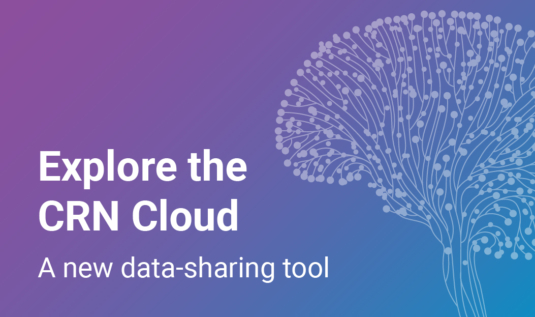
Latest News
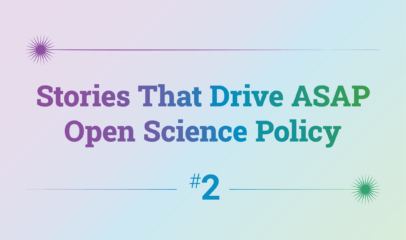
Data graveyards: A holding place for poorly curated, inaccessible datasets
ASAP shares insight on why we require that all data generated in a publication be deposited in a publicly accessible repository to ensure that the data is not lost to the research community.
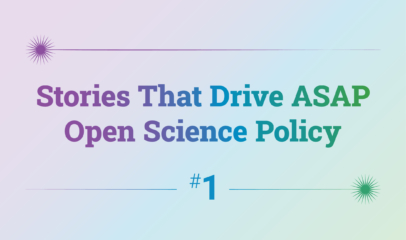
Stories that drive ASAP Open Science Policy
This blog series outlines ASAP’s rationale for why we have gone above and beyond most funders to require open access articles and the sharing and identification of all research inputs and outputs that make up ASAP-funded publications.
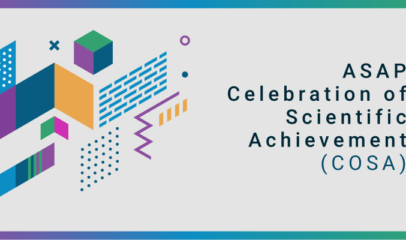
Supporting the next generation of Parkinson’s disease scientists: 2024 ASAP COSA virtual meeting
ASAP’s annual Celebration of Scientific Achievement (COSA) showcased the outstanding contributions of young investigators across our Collaborative Research Network (CRN). This year’s event attracted over 550 attendees who attended poster presentations from over 140 ASAP young investigators.

